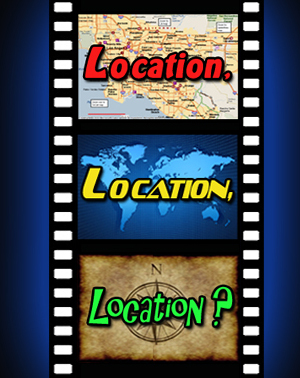Marvel’s The Avengers, which assembled heroes established in previous solo films, earned $1.51 billion worldwide. It’s the third highest grossing film of all time. Ever since its massive success, Hollywood has gone cray cray for the shared universe concept. World-building has been replaced by universe-building in hopes of riding the trend all the way to the bank. But is that the only reason the concept has blossomed so much in recent times?
Twentieth Century Fox, who has owned the rights to Marvel’s X-men and Fantastic Four franchises for years, are finally shacking them up in the same, albeit small, universe.
Sony owns an even smaller corner of the Marvel U — that of our friendly neighborhood Spider-Man. Unlike Fox, however, Sony only has one major hero — Spidey — so they’ve hired screenwriters Roberto Orci and Alex Kurtzman to expand the webhead’s cinematic ‘hood to include ancillary comics characters. Venom is slated to get his own film, as is the Sinister Six.
Warner Bros. kicked their long-gestating Justice League movie into high gear after Marvel’s success, so much so that the Man of Steel sequel was first announced as just that — a Man of Steel sequel. Then it morphed into Superman and Batman. Now it’s Superman and Batman with Wonder Woman in the middle. (Get your mind out of the Themysciran gutter.)
Hollywood is way behind in the share-and-share-alike department because the comics industry has been doing this for decades. DC created the first shared comic book cosmos when 1941’s All-Star Comics #3 introduced the Justice Society of America whose roster included Green Lantern, Flash and Dr. Fate.
Comics have been practicing this for so long, in fact, that heroes even traverse into other companies’ universes, albeit with less frequency. If you think it’s mind-blowing to see Thor battle alongside Black Widow, then watch out for The Uncanny X-Men and the New Teen Titans, Batman vs. the Incredible Hulk, or my personal fave — The Punisher Meets Archie. (Yeah, that Archie.)
Dark Horse Comics is so steeped in licensed properties that they’d be remiss not to play matchmaker with them. Some of the resultant love children have been RoboCop vs. the Terminator and Predator vs. Judge Dredd. On the flip side of copyrighted characters is Alan Moore’s The League of Extraordinary Gentlemen. With a line-up of old timers including Alan Quartermain and Captain Nemo, it should be renamed The League of Public Domain Protagonists. Yet as often as pulp heroes share worlds, they’re not the only ones.
From the 1920s to the 1950s, Universal Studios ruled the box office with Universal Monsters who would show up Rat Pack-style in each other’s flicks. Dracula popped into House of Frankenstein while Frank met the Wolf Man or, more realistically, Abbot & Costello, who in turn met everyone from the Invisible Man to Jekyll & Hyde. Is it a sign of the times that monsters used to “meet” each other (Frankenstein Meets the Wolf Man) but now they “vs.” each other? (Alien vs. Predator, Freddy vs. Jason) I’m just saying.
Once again we’re going to get a Universal universe. And once again Orci and Kurtzman are behind it. When not expanding Sony’s Spiderverse, the duo will do the Monster Mash with Van Helsing, the Mummy, etc. There’s even talk of remaking The Monster Squad.
Sometimes a shared universe is subtle, such as those crafted by writer/directors fully in control of their stories. Mia Wallace never dated Mr. Brown or the Gecko brothers, but they all ate Big Kahuna Burgers and smoked Red Apple Cigarettes — both fictional brands created by Tarantino and also referenced by Quentin collaborator Robert Rodriguez.
Sometimes a shared universe hits you over the head like a Paul Haggis hammer. I’m talking to you, tacky Edward Hopper-inspired paintings featuring Elvis, Marilyn, Bogie and James Dean together again for the first time!
Occasionally shared universes go by different names dependent upon the medium they’re in. Take TV for instance. When Frasier and The Tortellis (obscure reference of the day) get their own series after originating on Cheers, it’s called a spin-off. When Ursula from Mad About You guest stars on Friends as Phoebe’s twin, it’s known as a crossover. (And a rather unique crossover given that Lisa Kudrow played both sisters.) Want to have your pop culture mind blown sky high? Then check out the Tommy Westphall Multiverse Hypothesis.
When it comes right down to it, however, all shared universes fall under one umbrella term — synergy. It’s the magic word that introduced the Flintstones to the Jetsons. Synergy! The reason Seth McFarlane’s animated shows are interconnected. Synergy!! Why Disney Infinity lets you play Jack Sparrow and Jack Skellington in the same game. (Is it coincidence that infinity sounds like synergy? You make the call.)
But only the jaded would think the current big bang of shared universes (shared universi?) is a result of corporate greed. It’s more likely a result of modern life and modern technology.
Skype enables east coast grandparents to interact with west coast grandkids. Social media helps revolutionaries take down despotic regimes. The internet shames corporations into doing the right thing and shines a light on global atrocities. We text donations to disaster relief efforts, have Facebook pals on different continents, and listen to international podcasts about any topic you can imagine.
Walt was right — it is a small world after all.
And a shared world as well, much more so than ever before. The reason why everyone is hopping on the shared universe bandwagon is simple — we want to. Not “we” as Americans, nor “we” as first world countries. “We” as human beings. Art imitates life. Presently — and hopefully indefinitely — our collective life is all about connecting with strangers so that they are no longer strange to us. So that they are friends to us.
Also, The Avengers earned $1.51 billion worldwide.
Editor’s Note: For a great example of modern synergy shared universes, check out Patton Oswalt’s pitch for Star Wars: Episode VII.
COMING SOON: Coffeehouse Screenwriting 101

 February 28th, 2014
February 28th, 2014  Steven D'Arcangelo
Steven D'Arcangelo 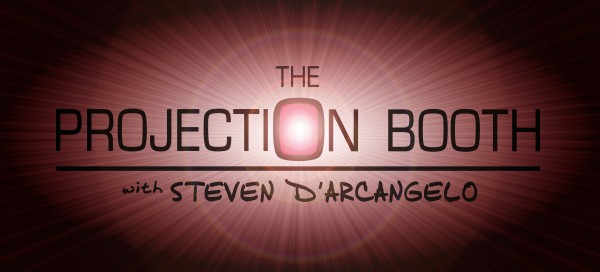
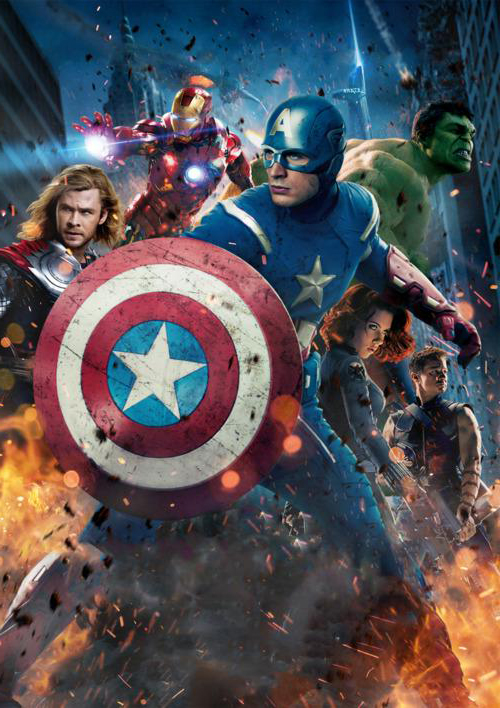
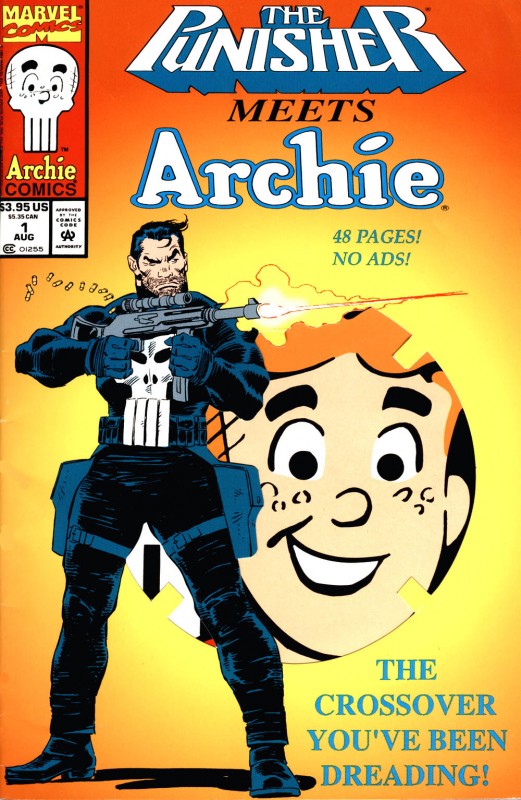
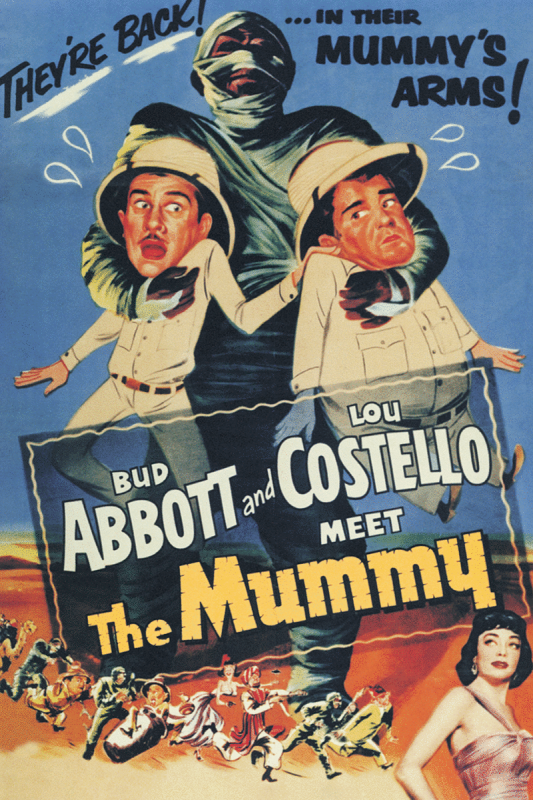

 Posted in
Posted in 



